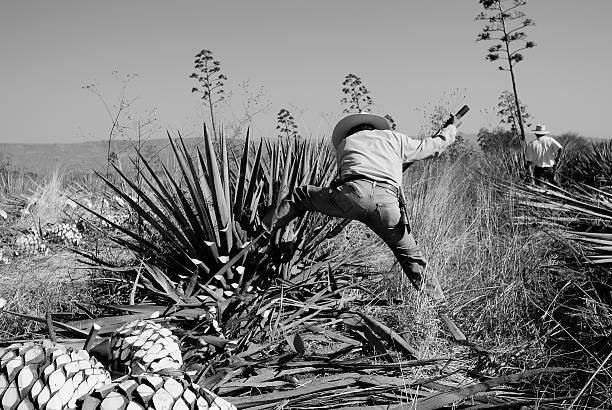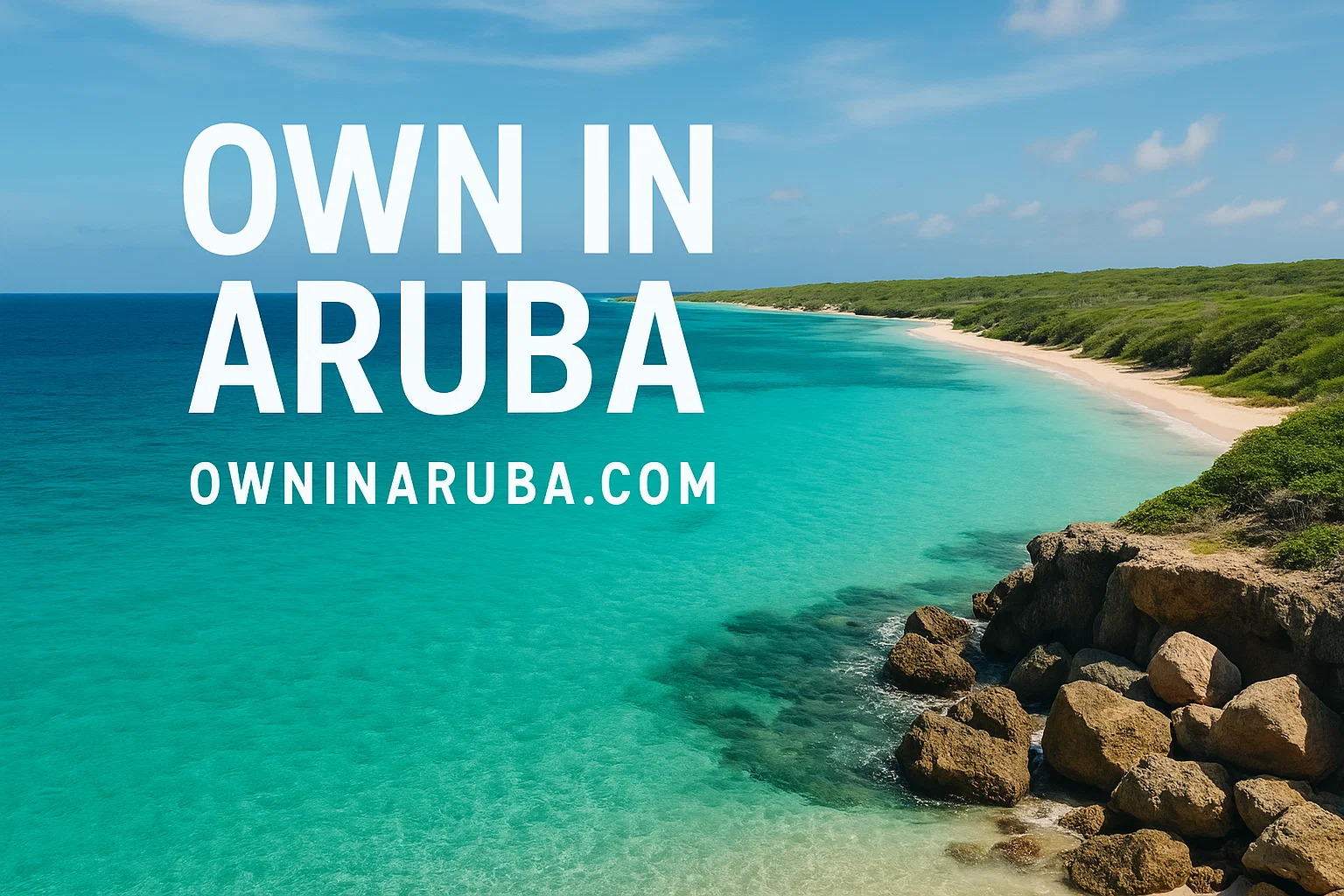At Etnia Nativa, we share authentic native perspectives, educating the public and inspiring a deeper connection to the environment through what we call the “island caretaker” mindset.
In our 103rd edition, The Cucuy: A Vanishing Tradition, we highlighted cucuy—a traditional spirit made from a specific agave species known as cucu. Once central to island gatherings, cucuy production has sharply declined due to the agave’s rare and complex reproductive cycle. This limitation makes large-scale cultivation nearly impossible, placing the tradition and its cultural significance at risk.
Our latest episode broadens the focus to the agave plant itself—a symbol of resilience, innovation, and ecological adaptation. Often called “the DNA of the desert,” agave has roots in Indigenous cultures while offering insights for modern science, climate-smart agriculture, and sustainability.
Agave in Indigenous Cultures
Long before colonization, the Caquetios—our Aruban ancestors—and other Indigenous peoples in present-day Venezuela cultivated sophisticated agave-based ecosystems. For them, agave was central to identity, economy, and survival. This knowledge spread across the Caribbean, creating an interconnected network of agricultural wisdom.
Agave’s versatility includes:
-
Natural sugars for food and spirits
-
Cleansing agents for hygiene
-
Durable fibers for fabrics, ropes, hammocks, and traditional footwear (pargati)
-
Pickled shoots and flowers for nourishment
-
Construction materials such as fiber binders for adobe and thatched roofs
-
Roasted leaves as a food source
Thriving in arid conditions with minimal water, extreme heat, and high UV exposure, agave is a model for sustainable agriculture in dry climates.
Modern Applications
Today, agave is inspiring innovations in:
-
Biofuels, leveraging its high sugar content and drought resistance
-
Medicine, with promising therapeutic compounds
-
Sustainable materials, using strong, renewable fibers
Advances in gene editing and genomic research are expanding agave’s potential, yet the plant faces serious threats. Industrial tequila and pulque production often relies on clonal propagation, reducing genetic diversity and making crops vulnerable to pests and climate stress. Meanwhile, wild populations decline due to overharvesting, habitat loss, and encroachment.
Protecting Agave’s Future
To ensure agave endures, we must:
-
Champion traditional farming methods like those used in cucuy production
-
Preserve wild agave varieties and genetic diversity
-
Bridge Indigenous knowledge with modern science
Agave is more than a crop—it is a living link between past and future, culture and technology. Its story demonstrates that sustainability involves remembering, respecting, and restoring ancient ways of living with the land.
At Etnia Nativa, we invite visitors to explore these ancestral narratives and experience the cultural fabric of Aruba. As the Caribbean’s only “living museum,” we represent the island’s rich mestizaje—its dynamic cultural blend. Since 1994, we have championed cultural preservation and contributed to Aruba’s National Park, Archaeological Museum, and community-led artisan initiatives.
Book your experience today at Etnia Nativa and witness the enduring legacy of agave: call 592 2702.
Photo credits : https://www.arubatoday.com/episode-cccxvii-317-agave-ancestral-wisdom-for-a-sustainable-future/






















Discussion about this post